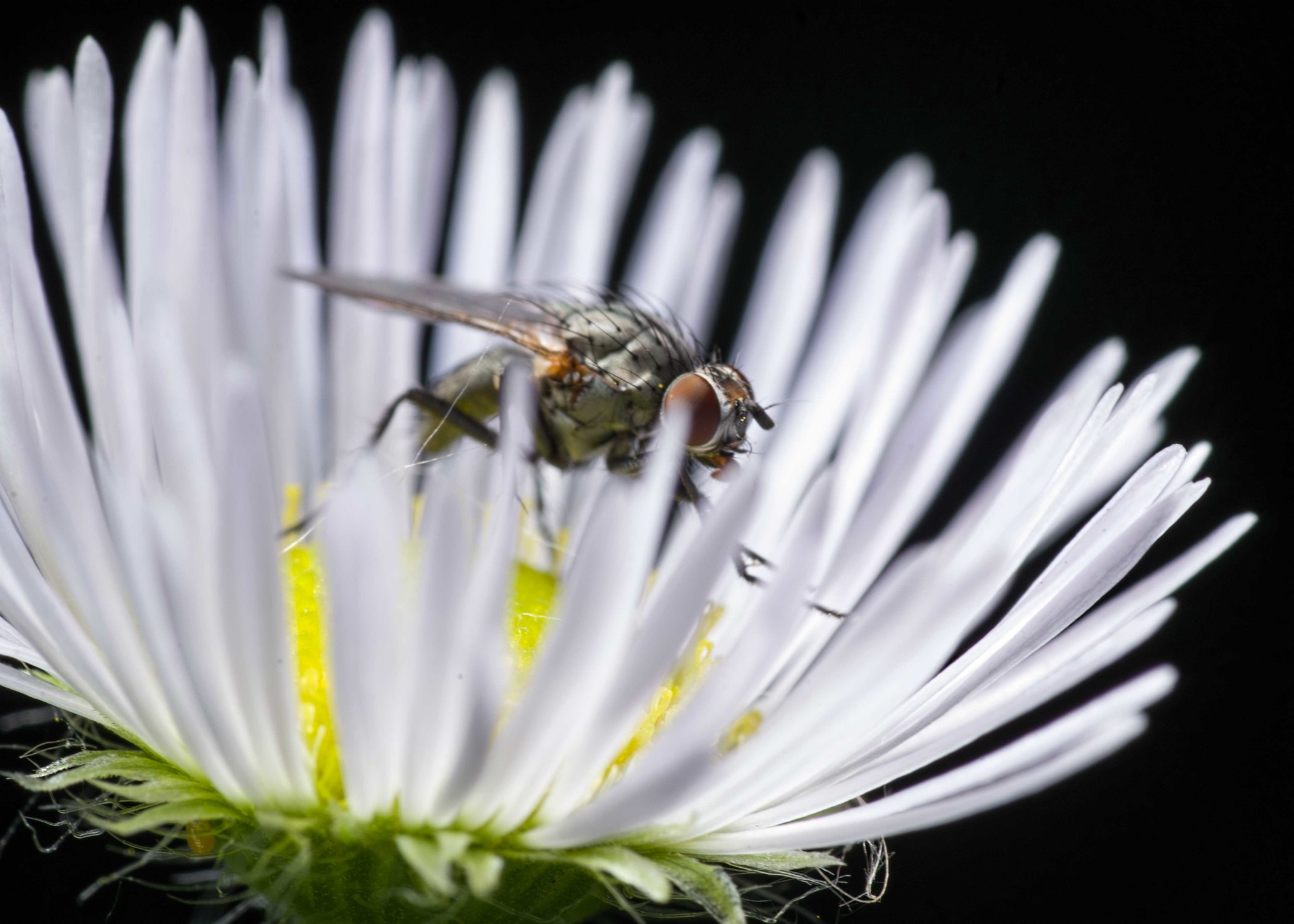 Originally posted by WPRESTO
Originally posted by WPRESTO 
That appears to be a spot-on identification. I should probably look at the distribution of that particular species to be sure there isn't a near identical but technically different species here. THANKS!

Did a quick check and as anticipated or feared there are at least five species of
Scudderia reported in the northeastern USA, with no information on how to distinguish the nymphs, if that is possible. For many insect species details of the adult's genitalia are the only sure way to get the correct species id.
I did my biology/anthropology just as genetics was becoming a viable source for information. Jack Horner gave the controversial opinion that every individual is its own species and it was only suspected that we are part neanderthal. What are the right questions led me into philosophy of science instead. Well your post above has pointed out the correct question for me was to ask what advances in this have happened in the last 30 years. I was not disappointed.
Here is a great undertaking from 2016 in an attempt, and partly successful endeavor, to answer what it is your post is actually talking about.
Two in one: cryptic species discovered in biological control agent populations using molecular data and crossbreeding experiments
Things of particular interest to me:
1. Cryptic species was coined in 1940.
2. It is mostly defined my educated guesses. One of the few other confirmed cryptic species is the sweet potato whitefly for which as many as 24 cryptic species were identified using genetic techniques (Dinsdale et al. 2010),
3. Bacteria can drive species apart. Wolbachia, a bacterial endoparasite that is common in arthropods, can result in cytoplasmic incompatibility between intraspecific lineages and could therefore be a confounding factor in interbreeding experiments to confirm reproductive isolation (Bordenstein et al. 2001).
4. Male/female female/male breeding is significant
5. preference appears to be a significant factor in species isolation. How does environmental vs preference come about?
6. There are many questions and hurdles to these questions left to be answered.
going on to this next.
Cryptic species as a window into the paradigm shift of the species concept]Error - Cookies Turned Off
Over the last two decades, increased evidence emerged for speciation governed by entirely different mechanisms, leading to the so‐called sibling or cryptic species.
Among them, species has proven the most challenging to conceptualize. Decade‐lasting disputes over the species concept yielded no less than 24 species definitions (Mayden, 1997).
(Jack Horner) is now controversial for saying multiple species are the same species.)


 Similar Threads
Similar Threads 
















 Post #1438 by S.M.
Post #1438 by S.M.








